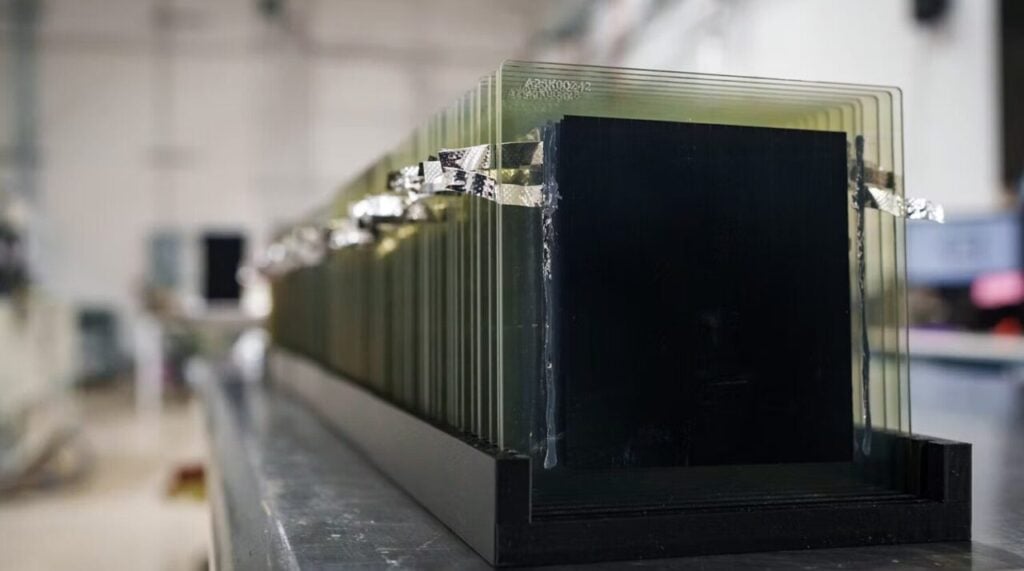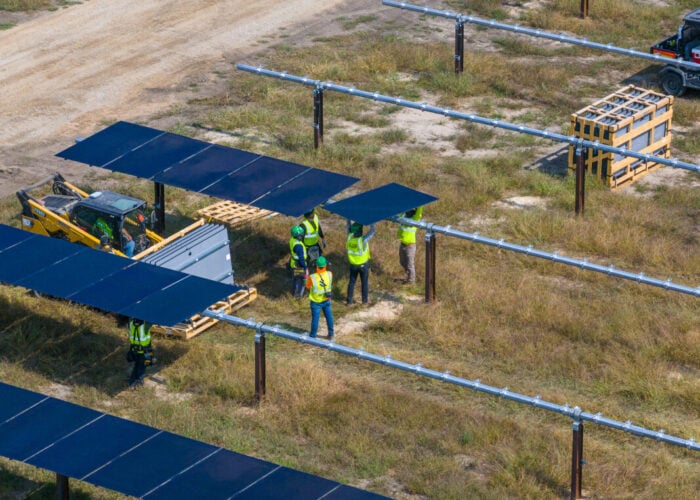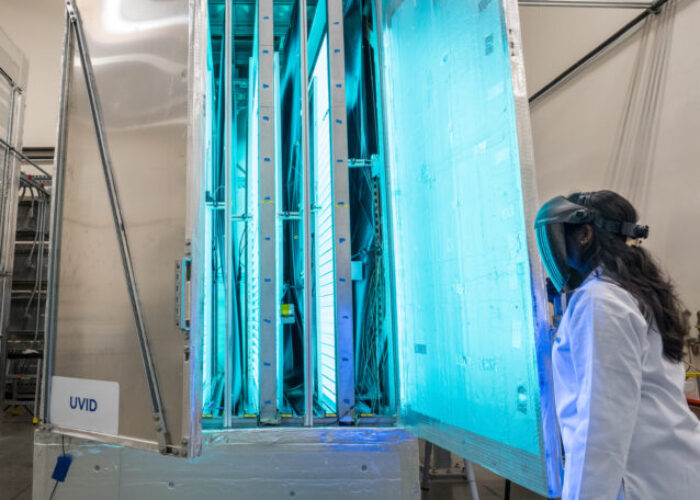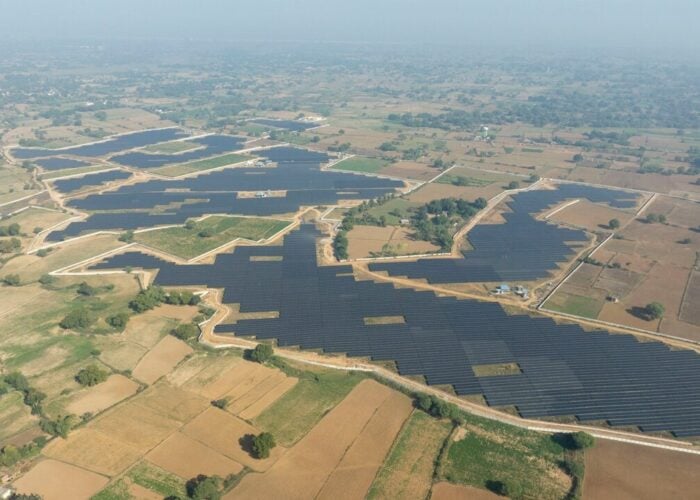
The California Energy Commission (CEC) has awarded a US$4 million grant to perovskite developer Tandem PV to test its perovskite-silicon tandem solar panels.
The company said that the money would be used to fund “extensive third-party testing” of its modules, including performance testing in real-world conditions assessments of their long-term durability. Tandem PV said that the work would build on the company’s internal testing, and assessing the efficacy of the technology in real-world environments will be a key part of reaching commercial operations for the much-touted perovskite cell.
Try Premium for just $1
- Full premium access for the first month at only $1
- Converts to an annual rate after 30 days unless cancelled
- Cancel anytime during the trial period
Premium Benefits
- Expert industry analysis and interviews
- Digital access to PV Tech Power journal
- Exclusive event discounts
Or get the full Premium subscription right away
Or continue reading this article for free
Tandem PV claims that its panels currently boast a conversion efficiency of 28% and are 30% more powerful than the “average” silicon solar panel, while research from fellow perovskite developer Oxford PV suggests that a perovskite-silicon tandem cell has a theoretical conversion efficiency limit of 43%. This figure is significantly higher than the 29% limit for conventional silicon cells.
“This award accelerates our durability testing to bring us closer to delivering a new standard for clean energy and delivering high-efficiency solar that’s proven, reliable and ready for the market,” said Tandem PV founder and CTO Colin Bailie.
Much of Tandem PV and Oxford PV’s work in recent months has focused on scaling up production of their products, and building towards larger-scale deployment of their technology. In March, Tandem PV raised US$50 million to support the development of a commercial-scale perovskite manufacturing plant in the US, while Oxford PV entered into a patent licensing agreement for perovskite technologies with Chinese giant Trinasolar in April.
Long seen as an indicator of the broader US solar industry, the California solar sector has seen both positive and negative developments this year. Last week, the California Senate Energy, Utilities and Communications Committee removed an amendment to a bill that could have cut payments for residential solar consumers selling energy back to the grid by nearly 75% under the state’s latest net energy metering (NEM) tariff, a move heralded as a “tremendous victory” by California Solar & Storage Association (CALSSA) executive director Brad Heavner.
However, the sheer volume of renewable power capacity in operation in California has caused curtailment to spike, increasing by 29% between 2023 and 2024. In March, the California Independent System Operator (CAISO) curtailed over 900,000MWh of solar and wind generation, a record figure for any month in the state’s history, highlighting the need for grid reforms alongside investments in solar technology and deployment for the stability of the state’s energy sector in the long-term.






